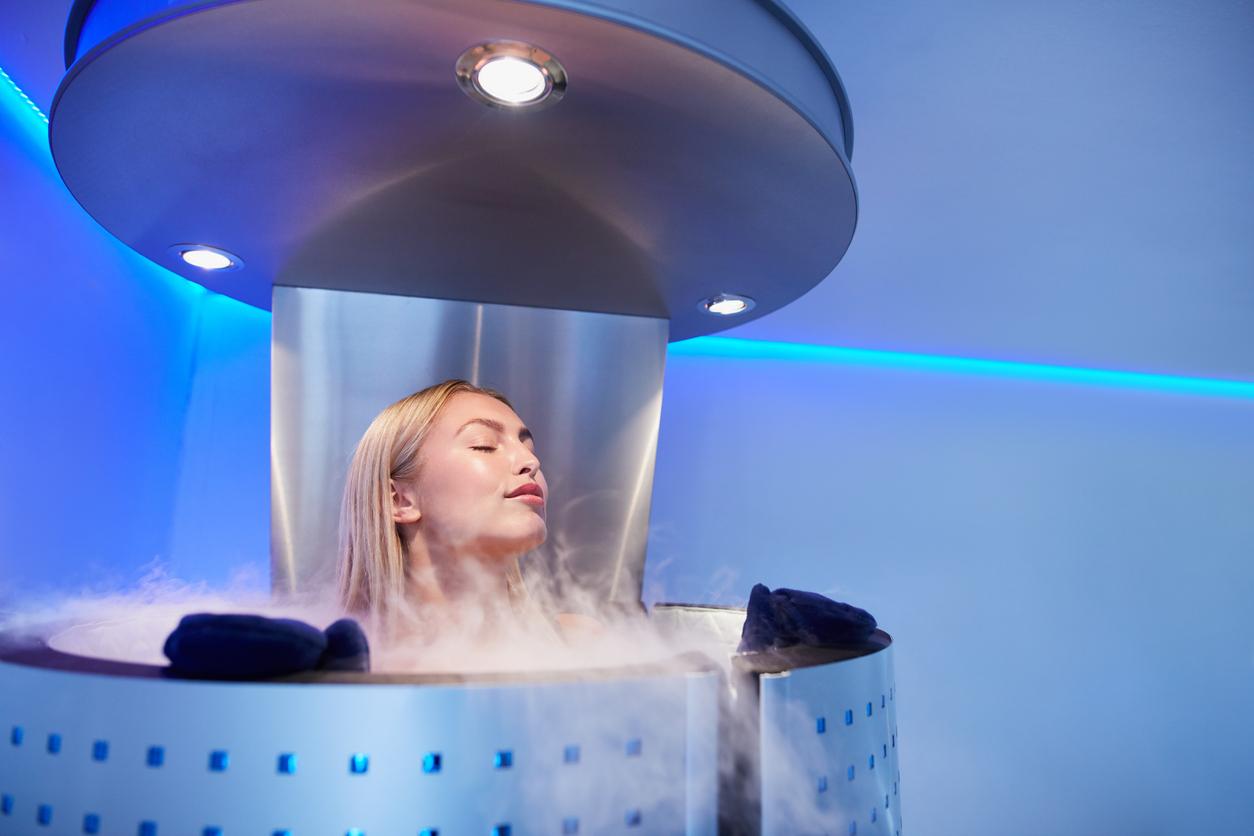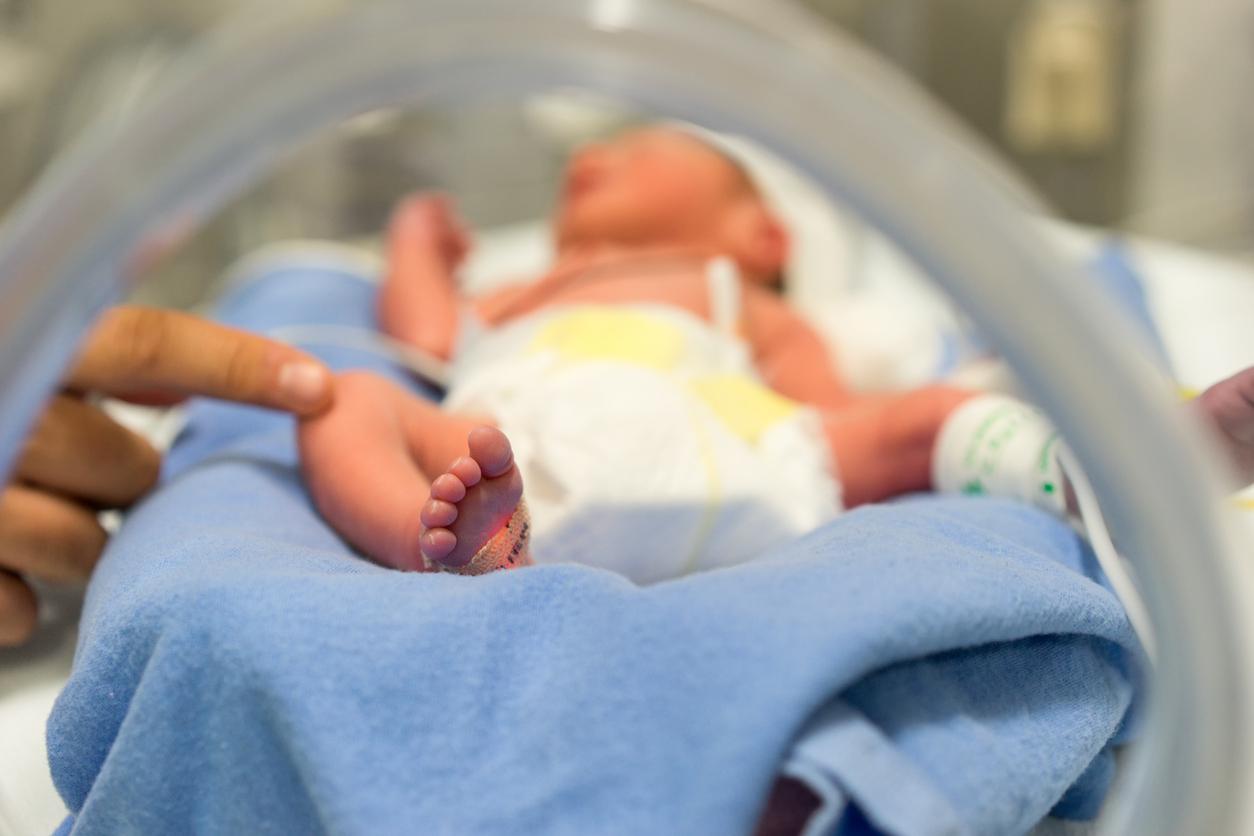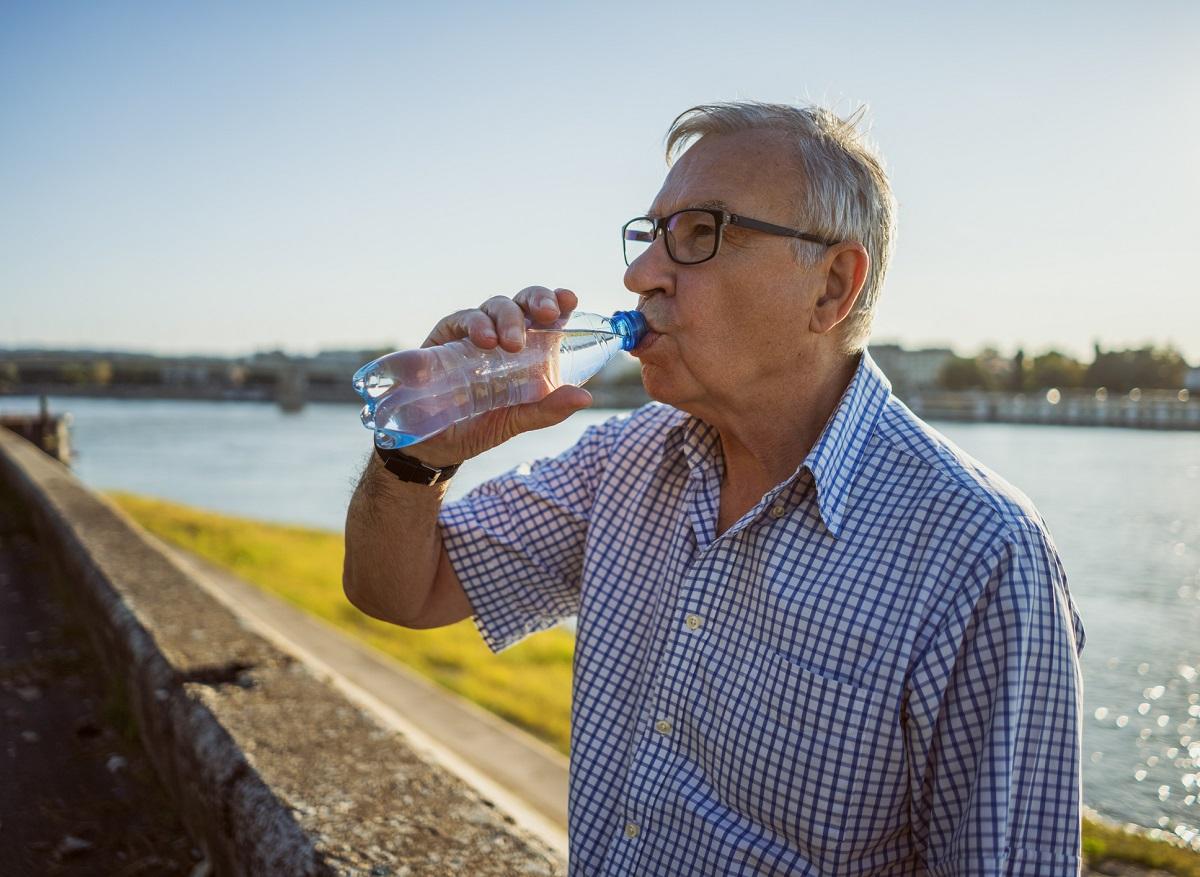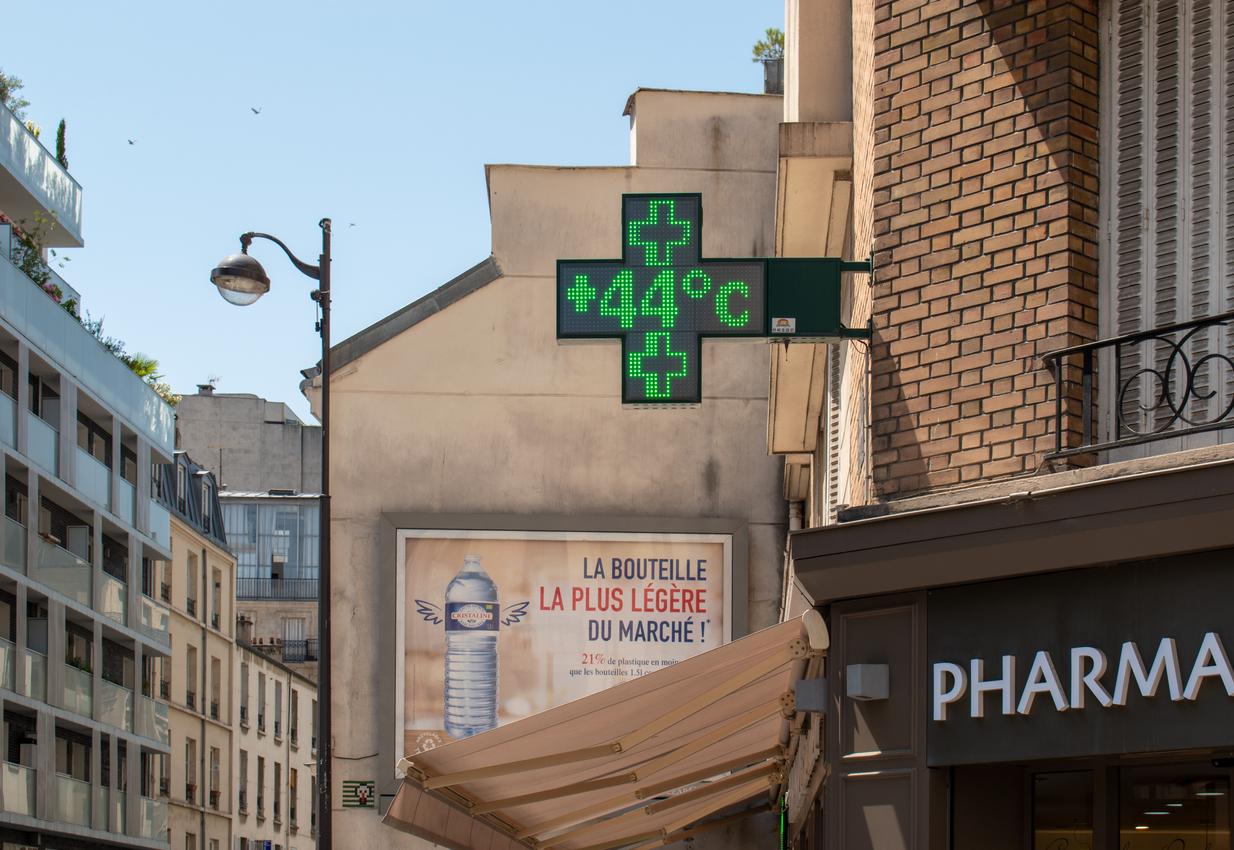People aged 18 to 64 are more likely to go to the emergency room on hot days.
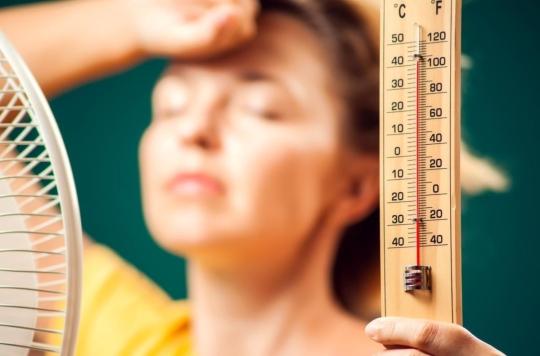
- The term heat wave is used when the high temperatures, day and night, last more than three days.
- The main risks are fatigue, dehydration and heat stroke.
- Extreme heat can also aggravate the symptoms of certain chronic pathologies.
Extreme heat days are becoming more and more frequent, and this should not get better in the years to come. Since 2003, in France, measures have been reinforced as heat waves approach, to protect the most vulnerable: the elderly, infants, people with chronic illnesses, etc. In fact, who are the most affected people? Scientists from Boston University School of Medicine asked the question in a study published in The British Medical Journal.
More ER visits for adults
According to their results, so-called middle-aged people, that is to say adults aged 18 to 64, are more sensitive to high heat. To reach this conclusion, they analyzed the links between extreme temperatures and emergency room visits. In total, they collected data from more than 74 million adults, 22 million of whom visited the emergency room. Extreme heat days are associated with a higher risk of emergency room visits for any cause: heat-related illness, kidney disease and mental disorders in all adults. But the strongest association between these two factors was for adults aged 18 to 64. A hot day was associated with a 10.3% higher risk of emergency room visits in people aged 45 to 54, compared to a 3.6% higher risk in people over 75. . “Young adults may be more at risk of being exposed to extreme heat, especially workers who spend a lot of time outdoors, explains the lead author of the study, Dr Shengzhi Sun. Young adults may also not realize that they may be at risk on extremely hot days.“
Geographical differences
This study also confirmed a hypothesis raised previously: people living in cold regions suffer more from heat. “Residents of U.S. counties with lower warm-season temperatures are always at higher risk for heat-related complications.”, say the authors. On hot days, the risk of going to the emergency room increases by 12% in the Northeast region and 10% in the Midwest and Northwest regions, compared to 4.3% in the Southeast, where temperatures are generally higher. For scientists, if global warming and heat are a threat everywhere in the world, prevention measures must be adapted to local specificities. “What works for heat wave preparedness in the Pacific Northwest is very different from what works in the southeastern United StatesDr. Gregory Wellenius, research co-author, therefore solutions must be localized to meet the needs of the local community.”

.



